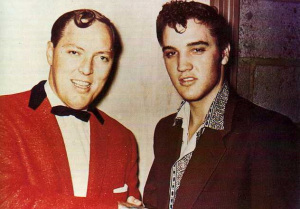Classic Sheet Music: How to Write Arpeggiated Accompaniment Patterns
Arpeggiated accompaniment is a widely used technique, particularly in lyrical or emotional pieces. Its flowing style makes it a staple of classic sheet music and a valuable tool for any piano student. This guide will walk you through how to write these patterns step by step.
I. Musical Examples
Arpeggiated accompaniment appears in many world-renowned works, such as:
1. Chopin’s Fantaisie-Impromptu Op. 66
This piece offers a perfect example of rapid, expressive arpeggios that span the keyboard.
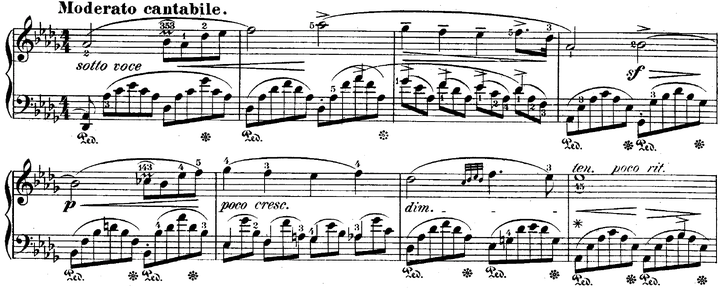
2. Liuyang River, arranged by Wang Jianzhong
This adaptation of a Chinese folk melody showcases arpeggios in a more lyrical context.
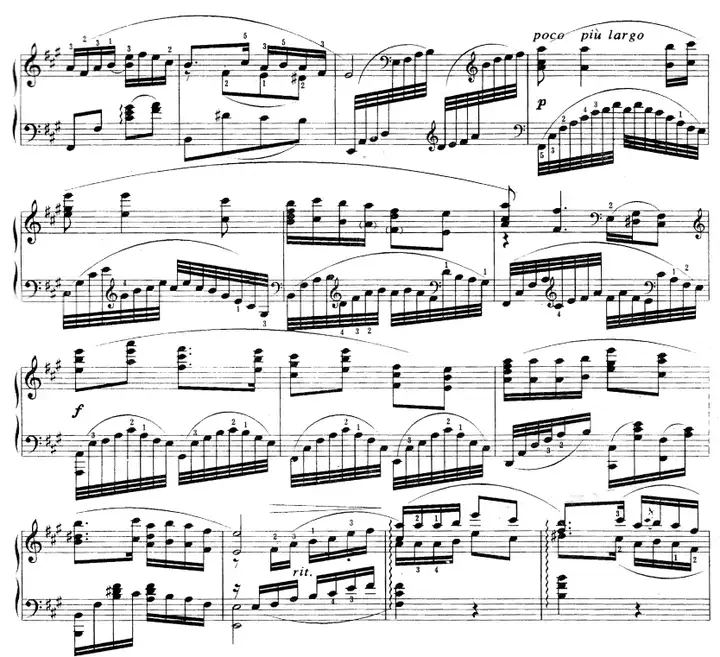
II. Basic Form of Arpeggiated Accompaniment
Let’s say you’re working with a C major chord in a 4/4 time signature. How do you turn that into an arpeggiated accompaniment?

Step 1: Choose Note Quantity Based on Time Signature
In 4/4 time, dividing the measure into eighth notes gives you eight notes. Start by placing the first three (C, E, G).

Step 2: Add the Octave
The fourth note should jump up to the next C above, extending the arpeggio’s range.

Step 3: Add the Peak Note
Include a fifth note that continues the upward motion, typically the E above the octave C.
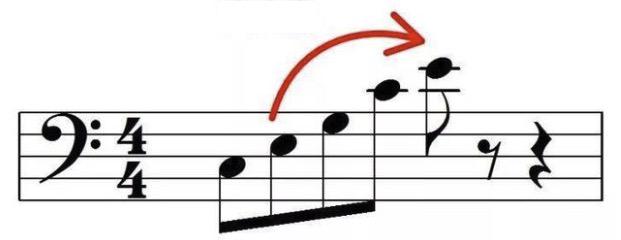
Step 4: Mirror It Downward
Now bring the notes back down, using a pattern that matches the ascending half.
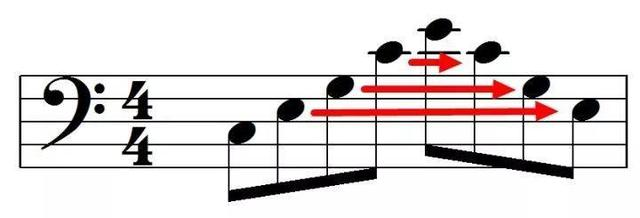
This completes the fundamental arpeggiated shape used in much of classic sheet music.

3/4 and 6/8 Time Signatures
These use six eighth notes per measure, with the fourth note acting as the peak. The concept is the same; only the rhythm differs.


2/4 Time Signature
Due to limited note space, 2/4 time is usually less suitable for standard arpeggios using eighth notes.
Step 5: Use Sixteenth Notes for Richer Texture
Using sixteenth notes allows for more notes and more expressive patterns. It’s more technically demanding but great for advanced learners. Here's how it looks in different time signatures:
2/4 Time Example:

3/4 and 6/8 Time:
Start from the lower C and move upward through more notes.

4/4 Time:
This requires broader hand movement and is often found in professional-level arrangements.

In some cases, the pattern even reverses direction midway, adding variety and complexity.
III. Pattern Variations
Let’s look at some common variations on the standard arpeggiated form.
1. Half Arpeggios (Ascending Only)
This abbreviated form is used often in 4/4 time for a lighter touch.

If a measure has two chords (like tonic and dominant), a half-arpeggio may be used for each.
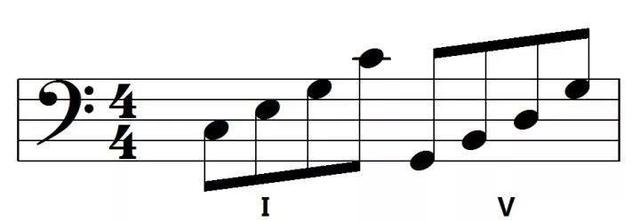
What to Avoid:
Overloading the measure with inconsistent patterns can cause a loss of flow.
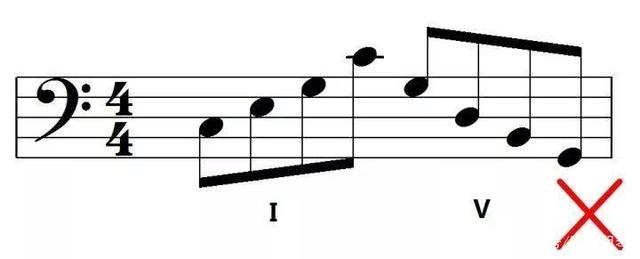
2. Open Form (Wide Arpeggio)
Compare the two types below:
Dense Form: This follows the regular sequence of C, E, G and continues upward.
Open Form: Skips notes like E and goes from C directly to G or higher, creating a wider sound.

Open forms are easier to play for some but require careful note selection. Skipping multiple notes results in a more expansive sound but greater difficulty. You can find examples of this in Rachmaninoff’s Elegy and similar works, which often appear in advanced piano online lessons and classic sheet music compilations.
FAQs
Q1: Why is arpeggiation important in classic sheet music?
Arpeggios add motion and emotional depth to accompaniment, making them a key feature in many classical pieces and useful for understanding harmony.
Q2: Can beginners learn arpeggios through piano online lessons?
Yes, most piano online lessons include step-by-step training on arpeggiated patterns using both visual aids and simplified examples.
Q3: Where can I find easy sheet music with arpeggios for practice?
Sites like SheetMusicGo offer a wide selection of easy sheet music that includes arpeggiated patterns, along with clear piano notes for learners at all levels.
